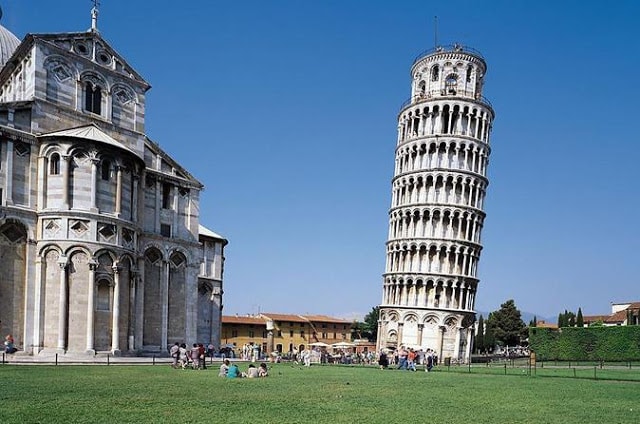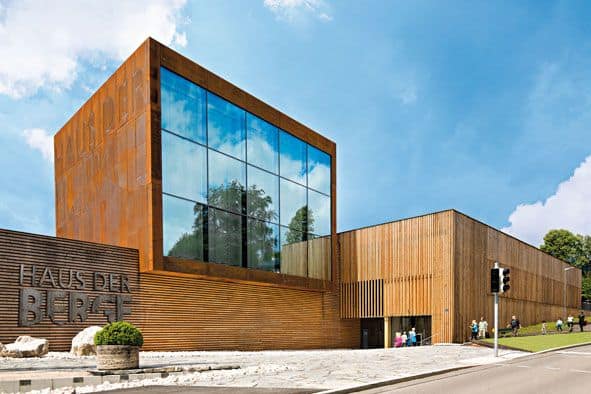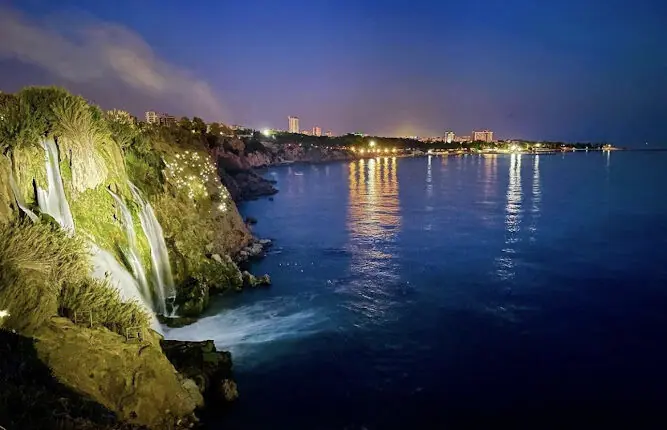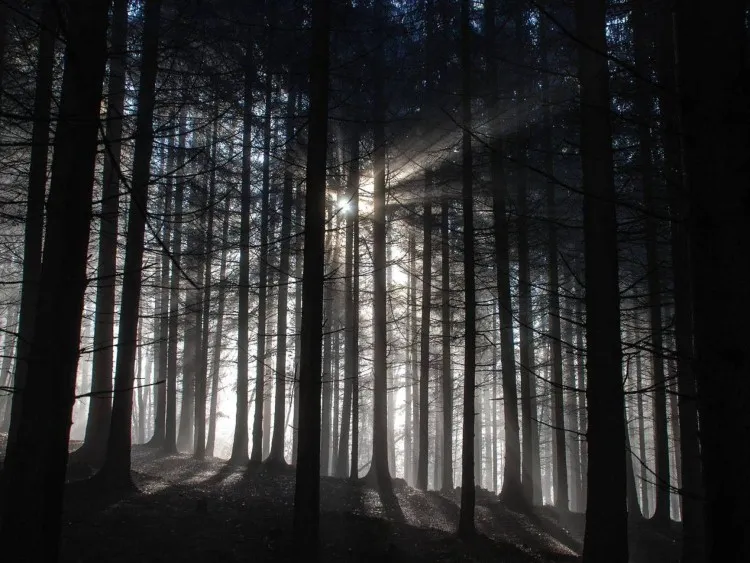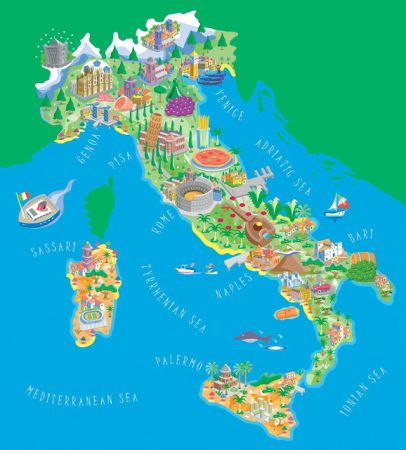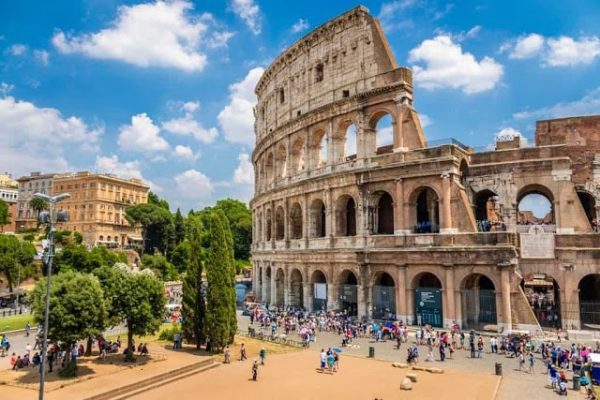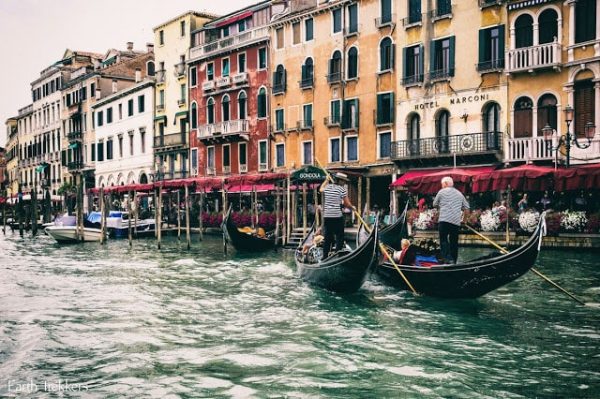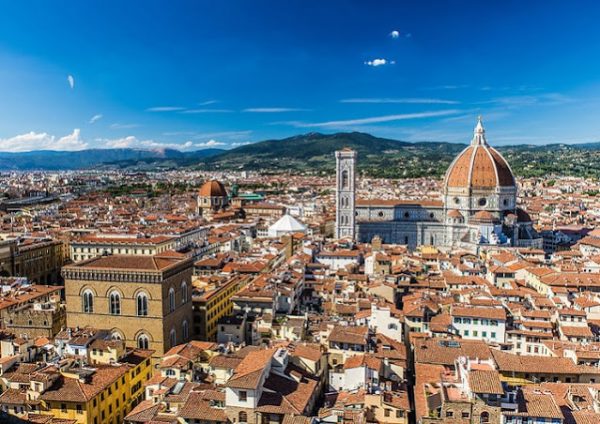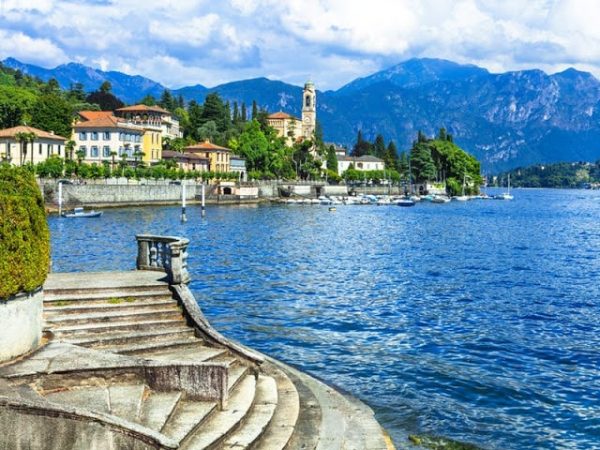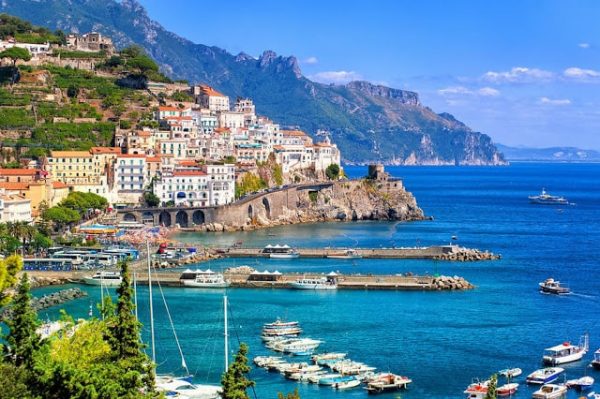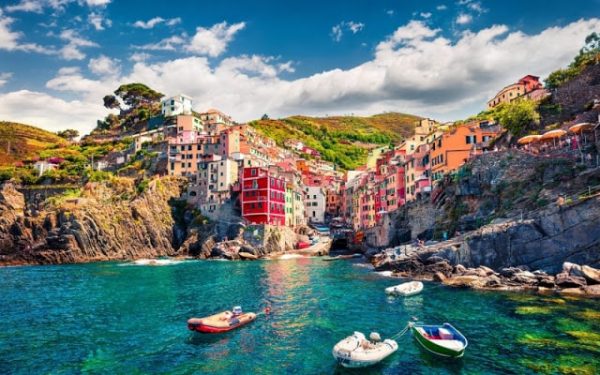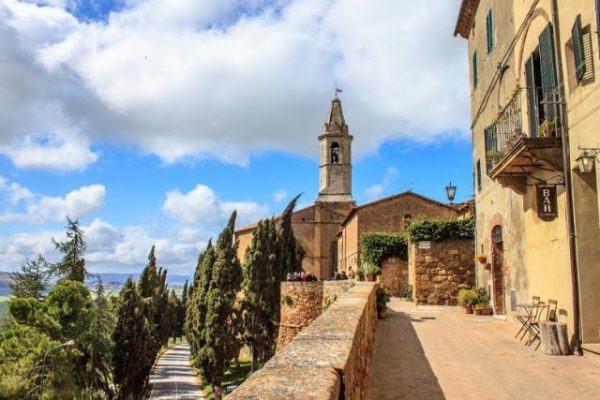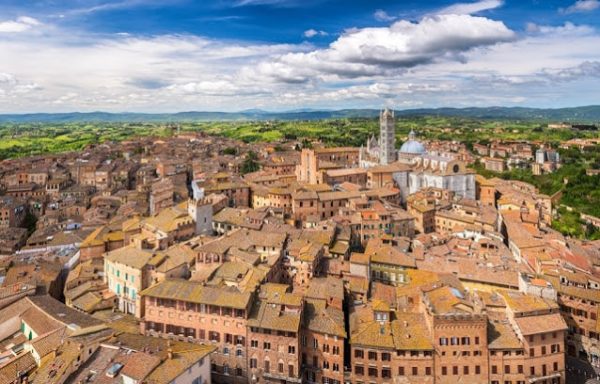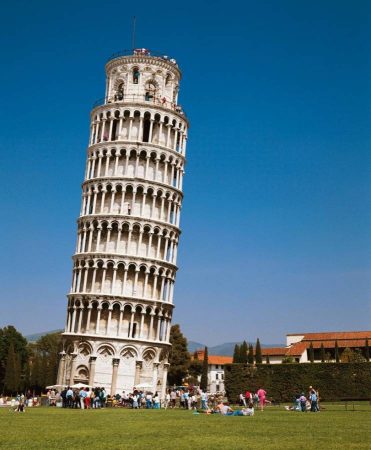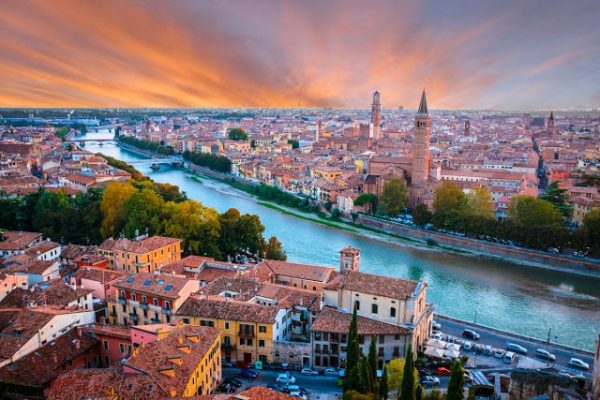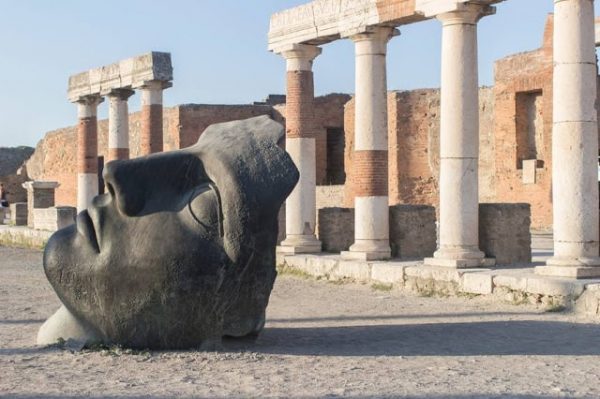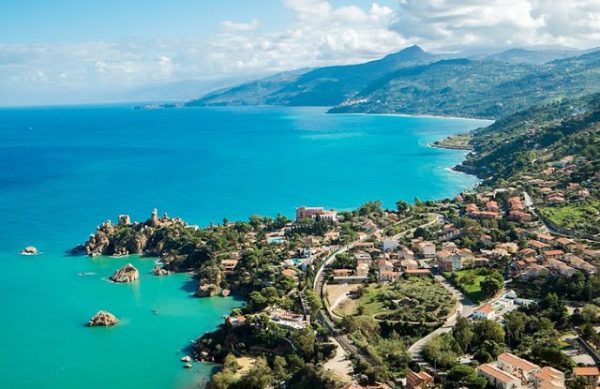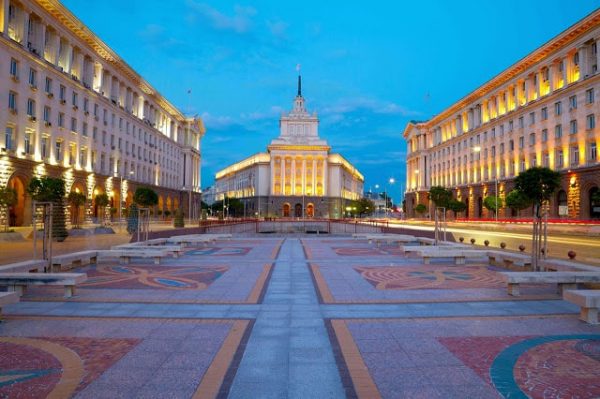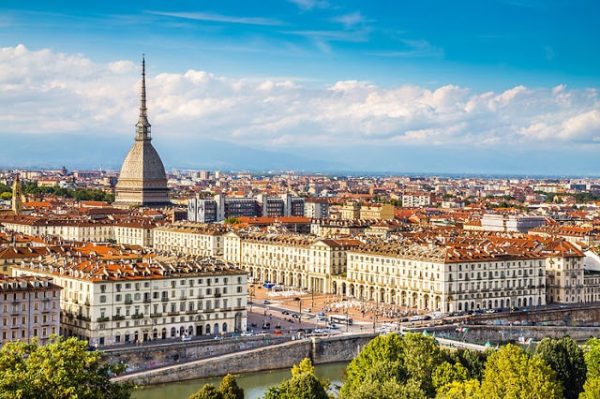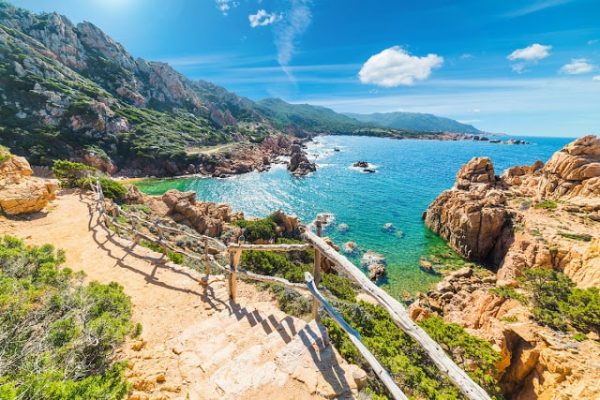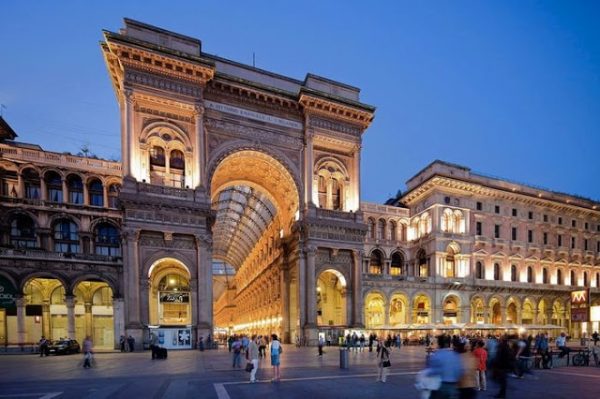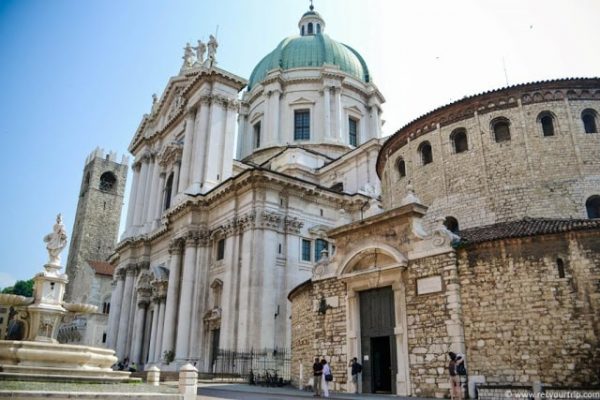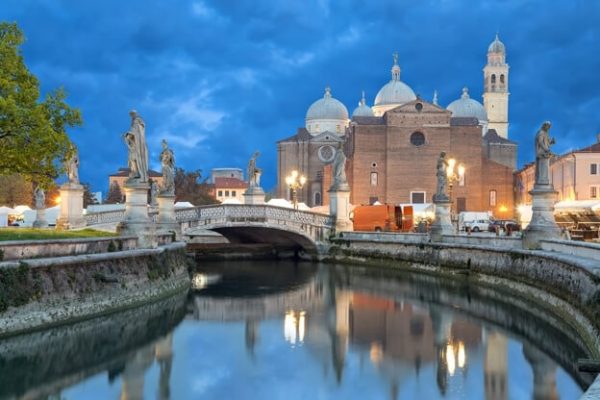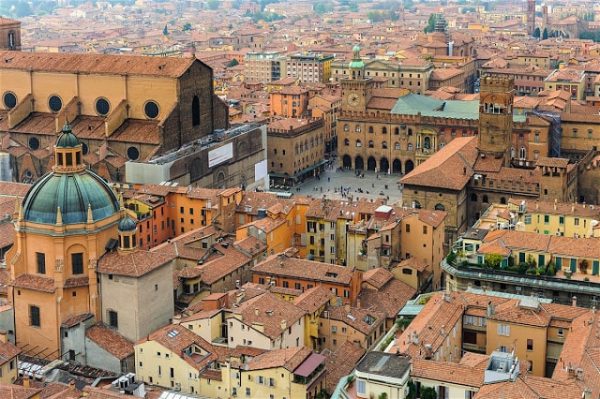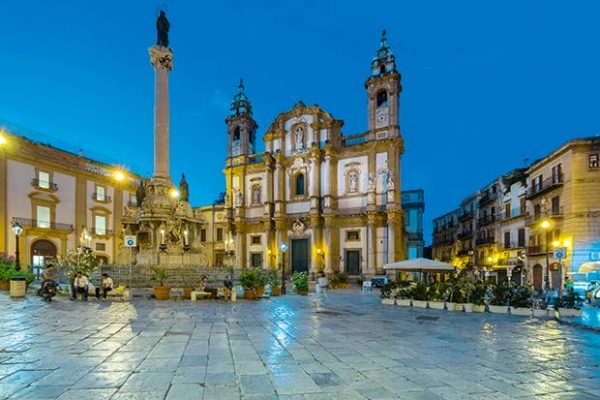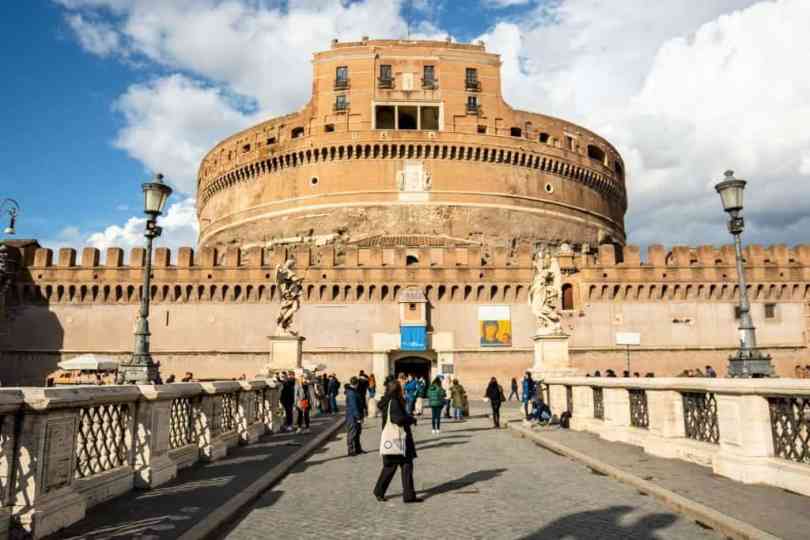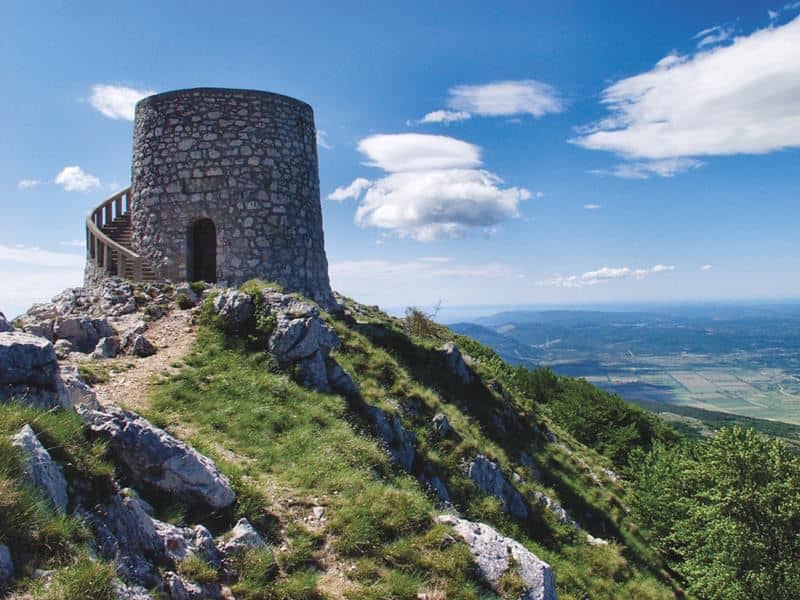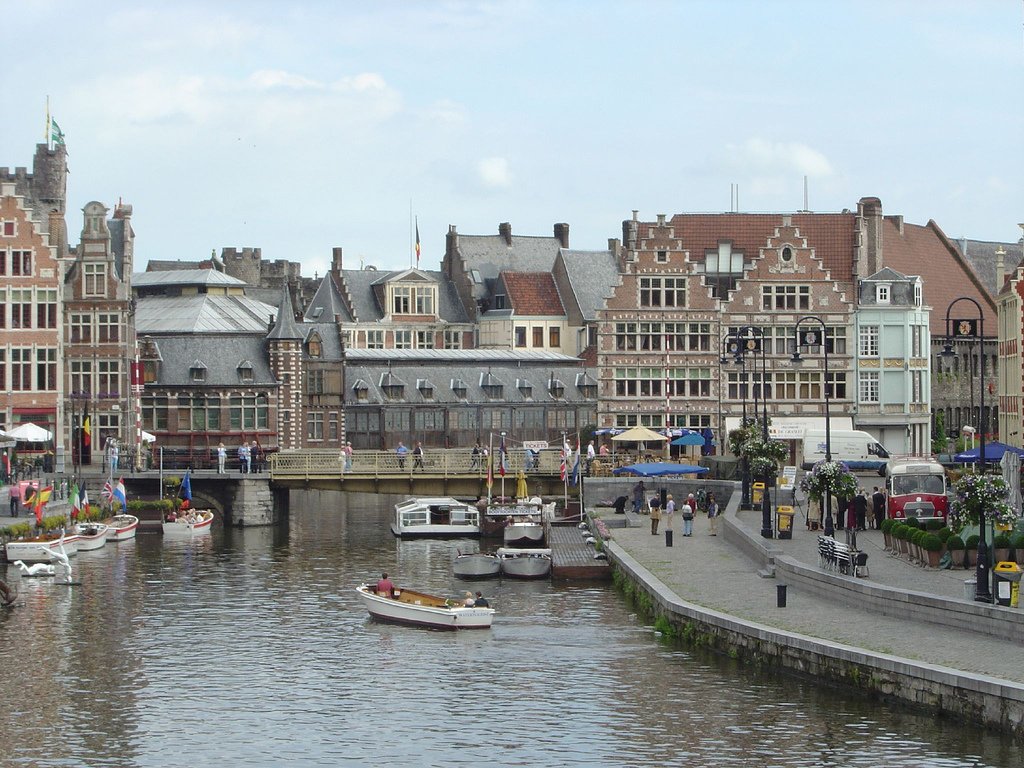The 20 most beautiful places of tourism in Italy
Italy is the most important tourist destination in Italy for travelers
The capital is Rome, Milan, Venice, Pisa, Tuscany, Bologna, Naples, Turin, Lake Como, Verona and many more.
Italy is considered a paradise for European and international tourism, whatever your taste in travel
This country, both exotic and familiar, will please him.
History, art, food, music, architecture
Culture, sacred sites, charming villages, and stunning landscapes are everywhere
And in an atmosphere that would make you enjoy every minute when visiting Italy.
Being the birthplace of the Roman Empire and the Renaissance
It is not surprising that Italy is so rich in masterpieces of art and architecture
Or to have more UNESCO World Heritage cultural sites than any other country in the world.
But the most important tourist places in Italy are not all art and architecture
The country is blessed with lakes, mountains and its mesmerizing beach which gives it great natural attractions as well.
In this article, you will find the most important information that interests you, along with prices, about tourism in Italy, so that you can prepare a rich tourist schedule when you travel to Italy.
Places of tourism in Italy
Italy tourist map:
Read also:Tourism in the Swiss village of MorinPlaces of tourism in Italy
Italy tourism costs:
ItalyThe cost of a medium-cost tourist trip for two people for a week in Italy is about 1650 USD, which includes accommodation, food, transportation, and sightseeing, without counting airline tickets.
- Food prices: Starting at $14 per meal.
- Hotel prices: Starting from $16 USD for two people for one night. You can easily book a hotel in Italy Booking.com
Places of tourism in Italy
1. Rome:
With its history as the capital of many parts of Europe and its current role as one of Europe's most vibrant cities, Rome tops the list of most tourists traveling to Italy.
Traces of its ancient glories - the Colosseum, Forum, Pantheon, Via Appia, Palatine Hill - rival the vast riches of the Vatican as Italy's top tourist destination.
But between important sights like the Sistine Chapel and Michelangelo's Pieta, take some time to enjoy the city itself.
Relax in the Borghese Gardens, eat gelato at the Spanish Steps, explore the narrow streets of Trastevere, window shop on Via Veneto, and toss a coin into the Trevi Fountain, so you can come back again and again.
It would take several trips to see all of Rome's attractions.
-
- You can book a hotel in Rome easily with our website Booking.com
Read also:Cities near Paris worth visiting
Places of tourism in Italy
2. Venice:
Who could fail to love the most beautiful places of tourism in Italy, the city whose streets are made of water, whose buses are boats, and where the songs of gondolas sound in the air? It is a charming city, and its main attraction for tourists is the city itself.
The centerpiece of the city is the wide Piazza San Marco, St. Mark's Square, surrounded by many tourist attractions. The great St. Mark's Basilica beside the Doge's Palace, both overlooking the long campanile.
Gondolas congregate at one end of the square on the Grand Canal and in the other direction, a gate under the clock tower leads into a maze of narrow, winding lanes, where you are sure to get lost on the way to the Rialto Bridge. But getting lost is one of Venice's great pleasures.
- You can book a hotel in Venice easily with our website Booking.com
3. Florence:
A showcase of the Italian Renaissance, Florence can sometimes seem like a giant art museum. The Duomo, or the Cathedral of Santa Maria del Fiore, is a landmark of world architecture topped with a massive, gravity-defying dome.
Together with the marble-studded bell tower by Giotto and the octagonal baptistery with its incomparable bronze doors by Ghiberti, this is one of the finest collections of Renaissance art in the world.
There are many art museums filled with drawings and statues, while more masterpieces adorn its churches, making it suitable for family tourism in Italy.
Before you overdose on art at the Uvidzi Gallery and Palazzo Pitti, stroll the Podoli Gardens, explore artisan studios and workshops in Oltrarno, or shop for leather in Santa Croce.
- You can book a hotel in Florence easily with our website Booking.com
4. Como Lake:
Lake Como is considered the most beautiful lake in Italy and one of the most beautiful tourist destinations in Italy for families, the favorite summer haven of the rich and famous since the ancient Romans escaped from the summer heat in Milan to cool off in villas along its beautiful shores.
Later, villas adorn its tightly fortified towns, especially the lovely Bellagio, artfully located on a point where the three narrow arms of the lake meet.
The local climate makes Como's western beach mild even in winter, so that only in the north the white peaks of the Alps can be seen among palm trees and camellias.
Don't miss the town of Como, on the south shore that's well worth a stop before boarding a steamer to explore the lake.
- You can book a hotel in Como easily with our website Booking.com
5. Amalfi Coast & Capri:
Just south of Naples, the towering Amalfi Peninsula juts swiftly into the Mediterranean Sea, forming the southern tip of the Gulf of Naples.
It's hard to imagine a more beautiful setting than Amalfi where streets are mostly staircases and houses seem to be glued to the cliffs behind them.
Roses bloom everywhere, and beneath the towns are gorgeous beaches in the lap of emerald waters. The Amalfi Drive, along the south coast, is one of the world's great drives.
The legendary island of Capri lies just off the end of the peninsula, and is easily accessible by regular ferries. With its "Blue Grotto" sea cave, lavish villas, and lush gardens, Capri is an unmissable destination when visiting Italy.
- You can book a hotel in Amalfi easily with our website Booking.com
6. Cinque Terre Coast:
The five towns that cling to the steep, rocky Mediterranean coastline north of La Spezia would have been nearly impossible to reach by land until the railway linked them with tunnels through the separating mountain peaks.
Today, the trail along the cliffs that the locals used to travel from town to town, is one of the biggest walks in Italy. The shortest and widest section of this pass is between Manarola and Riomaggiore and is known as the Via dellamore.
Riomaggiore and Vernazza, with their narrow streets running down to little rock-cut ports, are the most full of character, and despite its recent popularity with tourists, the Cinque Terre remains one of Italy's most visited attractions.
- You can book a hotel in the town of Manarola easily with our site Booking.com
7. Tuscan Hill Towns
The undulating landscape of Tuscany is crowned by stone towns that trace their origins back to the Etruscans. Each town sits atop a hill, and many still have the castles and towers that once defended their commanding positions.
It is hard to prefer one town over the others, as each one has its own architecture, art, personality and story. San Gimignano looks somewhat resplendent with towers and surrounded by largely intact walls, as it did in the Middle Ages, when it was an important stop on the way of pilgrims to Rome.
Volterra was an important Etruscan center before the Romans came and there are still remnants of both civilizations today. The sights of Arezzo are the legacy of the many artists, architects and poets who lived there.
Like Volterra, the walled Cortona was once an Etruscan and later a Roman settlement, but it adds reminders of Florence's past. Cortona is one of the oldest towns worth exploring when visiting Italy.
- You can easily book a hotel in Volterra with our website Booking.com
8. Siena
At the height of its civilization in the thirteenth and fourteenth centuries, Siena rivaled Florence for its arts and culture, and it still has a wealth of art and architectural treasures, which makes it one of the most prominent tourist attractions in Italy that is worth a visit.
The highlight is the impressive Cathedral of Santa Maria Assunta, its inlaid marble façade and heavily striped bell tower standing among Siena's red-brick buildings.
The cathedral's interior is a museum of the works of great artists and sculptors, including Donatello and Giovanni Pedzano and Bernini and Lorenzo Ghiberti.
But the art treasures aren't its only attractions. Winding medieval streets and wide squares invite you to wander. During every summer, the giant, sloping main square witnesses the chaotic horse race known as the Paleo.
- You can book a hotel in Siena easily with our website Booking.com
9. Pisa & Lucca:
These two neighboring towns are well worth a visit while in Tuscany, the first for its exceptional Campo dei Miracoli complex and the other for its endearing charm.
The Leaning Tower of Pisa, actually home to a nearby cathedral, is a symbol of tourism in Italy and forms the centerpiece of a UNESCO World Heritage Site that also includes the cathedral, baptistery, and Campo Santo.
Nearby, Lucca is one of Italy's most charming cities to explore and enjoy, surrounded by wide walls of the highest tree-lined gardens.
Inside these walls are beautiful Tuscan-Gothic Romanesque churches, tower houses (one of which you can climb to the top of), and a “petrified” Romanesque square in an oval.
- You can book a hotel in Pisa easily with our website Booking.com
10. Verona:
The historic center of Verona, a former Roman stronghold, hugs a deep bend in the Adige River. At its heart is the magnificent, well-preserved first-century Roman arena, the scene of the world-famous Summer Opera Festival.
Medieval and Renaissance buildings are mixed with Roman arches, many of which show Verona's long history as part of the Venetian Empire.
Along the river stands the large Castelvecchio, a castle built in the XNUMXth century, guarding a brick arched bridge called Ponte Scaligero.
Despite all its wealth in architecture and art, Verona is not very popular with tourists in Italy. This setting was the setting for Shakespeare's masterpiece 'Romeo and Juliet'.
- You can book a hotel in Verona easily with our website Booking.com
11. Pompeii and Herculaneum:
In AD 79, the volcano Vesuvius erupted violently and suddenly, engulfing the thriving Roman city of Pompeii and enveloping it for more than a thousand years in six meters of ash. The city remained frozen in time until excavations beginning in the XNUMXth century revealed more than half of the buildings and public spaces.
Another volcano erupted in the city of Herculaneum, but this time in molten lava, not in ash. So instead of buildings falling down and being crushed by its weight, lava was pouring out and filling the city from the ground up.
The city has also been well preserved, which gives an idea of the lifestyle in the first century. A visit to Pompeii and Herculaneum is essential when visiting Italy.
12. Sicily
The island of Sicily has been awarded seven places on the list of UNESCO World Heritage Sites, three for its ancient sites, two for its natural wonders, and two for its architectural treasures, making it a must-see when visiting Italy.
Some of the finest surviving examples of ancient structures in Sicily are at Selinunte, one of the largest Greek temples.
At Agrigento, in the Valley of the Temples, is one of the three most perfect Greek temples anywhere; Mosaics adorn the 3500 square meters of Villa Romana di Casale in Enna, one of the best preserved villas in the entire Roman Empire. Sicily's landscape matches its world-class attractions.
- You can book a hotel in Agrigento easily with our website Booking.com
13. Ravenna:
Unlike any other city of tourism in Italy, Ravenna's artistic origins are almost entirely Byzantine, and here you'll find Western Europe's finest collection of Byzantine mosaics, all in almost pristine condition.
In the XNUMXth century, Ravenna was the seat of King Theodoric the Great who grew up in Constantinople, and became a center for mosaic art, which reached its peak here. Seven buildings decorated with some of the finest examples of mosaic art are included in a UNESCO World Heritage Site.
Don't miss the early XNUMXth-century Neon Baptistery, the stunning interior of San Vitale, and the jewel-like mausoleum of Galla Placidia, which UNESCO describes as "one of the best artistically" and perfectly preserved with all traces of mosaics.
- You can book a hotel in Ravenna easily with our website Booking.com
14. Turin:
One of the major industrial cities in the north, Turin, unlike Milan, is relatively small and compact, and its attractions are easy to explore on foot when visiting Italy.
There is grandeur to the architecture and its formal design, which Savoy designed to show that they were as regal as any of Europe's royal families and could surround themselves with masterpieces to rival Paris.
So arcaded squares, boulevards and royal palaces were erected right in the center, but that's not all the charm of Turin. A small medieval area, Roman sites, entire Art Nouveau quarters and a riverside park with a whole medieval village prove that Turin hasn't revealed all its secrets.
Don't miss the extraordinary Film Museum in a skyscraper that was once a synagogue. Turin's contrast will enchant you – as will the viewing platforms and grand cafés.
- You can book a hotel in Turin easily with our website Booking.com
15. Sardegna
This enigmatic Mediterranean island seems worlds apart when visiting Italy, itself a land of stark contrasts.
Sardinia is famous for the charming “Costa Smeralda”, a paradise that includes a group of luxurious coasts overlooking the emerald waters of the northeastern coast. Sardinia also contains many attractions for the adventurous tourist, or even for the sun-loving beach student.
The rugged interior terrain is prime territory for hikers and climbers. and those who wish to explore remote mountain villages, where ancient traditions are not only kept alive but a way of life.
But the most mysterious and fascinating attractions are the hundreds of mysterious round stone towers known as nurags that dot the entire island.
Prehistoric sites are everywhere and include stupas, sacred wells, "giant tombs" and other ancient structures. Entire Phoenician and Roman cities are also waiting to be explored.
- You can book a hotel in Cagliari, the capital of Sardinia, easily with our website Booking.com
16. Milano:
While Milan may not be the first city a tourist thinks of when planning tourism in Italy, it does have its share of attractions, not to mention history. Despite its amazing reputation for functioning as a financial and business center in Italy, it is a city with an influential past and a rich cultural heritage.
Consider that St. Augustine was baptized in a church that stands on what is now the 'Piazza del Duomo'; Artists Michelangelo and Leonardo da Vinci, composer Verdi, great singer Enrico Caruso, and designer Giorgio Armani lived and worked here.
Napoleon was crowned (in fact, himself) inside the Duomo; Mussolini founded the Fascist Party here; Twice a year, the entire fashion world looks forward to the Milan fashion shows for the season's fashion.
All this history, not to mention the great wealth generated by its favored commercial location, plus an abundance of artistic, cultural and architectural treasures make Milan a good place for visitors to enjoy.
- You can book a hotel in Milan easily with our website Booking.com
17. Brescia:
The strangeness of the geography of Brescia has kept one of the hidden secrets when tourism in northern Italy. The problem with Brescia is that it is close to many places to visit. With Lake Garda less than 30km away, and Lake Como, Milan, Verona, and Venice all within easy reach, tourists tend to overlook Brescia's many attractions.
Take advantage of this opportunity to mingle with the locals as you walk through the Forum on a street that was once part of the main Roman road from Bologna through the Alps.
And don't miss one of Italy's best historical museums, which houses an original Roman villa. There is also a castle and a building in the 'Piazza della Loggia' that deserves a visit from the era of the Venetian Empire.
- You can book a hotel in Brescia easily with our website Booking.com
18. Padova:
Padua, joined to Padua, is a city of visual contrasts. In a relatively compact area you can explore the narrow streets of its old town, the Renaissance grandeur of its main squares, the Byzantine domes of St. Anthony's shrine and the wide symmetrical view and lined waterway of Prato della Valle.
In the same vein, there are many tourist attractions including a prestigious university with the world's first botanical garden and anatomical theatre, a frescoed church that is one of the essential artistic treasures of tourism in Italy, and the burial place and shrine of one of the most revered saints in the world.
From its Roman beginnings, it was one of Italy's wealthiest cities and in the XNUMXth century, it attracted some of Italy's finest artists such as Giotto, Giovanni, Donatello, Paolo Uccello, and others who left the city for works of art. All this history and art gives tourists plenty of things to do and see.
- You can book a hotel in Padua easily with our website Booking.com
19. Bologna
The city of Bologna, despite its size and importance, is considered the capital of its province and an easy city to visit, as many visitors find it to be one of the most beautiful tourist cities in Italy. Bologna also has a good reputation as the capital of Italian food.
Among the main industries in Bologna are the manufacture of pasta and sausages, so be sure to try some of them while you are here. Along with visiting the sights in Bologna, spend some time absorbing the uniqueness of the city.
Among the things to do in Bologna are a stroll under the famous porticoes of Portici, peek inside its elegant old shops, peruse its interesting architectural quirks and stop in one of the many cafés.
Most of the famous places to visit are within walking distance from 'Piazza Maggiore', and the arcaded streets make walking in Bologna pleasant in all kinds of weather.
- You can book a hotel in Bologna easily with our website Booking.com
20. Palermo:
The oldest area of Palermo borders Via Vittorio Emanuele, between the Norman Palace and the Cathedral, Bologna's two biggest tourist attractions. The city expanded into a port under the Arabs in the ninth and eleventh centuries as the capital of the emirs of Sicily, a city of mosques and palaces equal to those of Baghdad and Cordoba.
The Normans captured the city in 1072, and in 1282, in the rebellion known as the Vespers, all the French were killed or expelled by the House of Aragon, who expanded Palermo as far as the Via Maqueda and Quattro Canti.
After Sicily became an autonomous region in 1946, Palermo's port was expanded and industry expanded, but Palermo remains the poorest of the Italian provincial capitals but its glorious past is worth exploring when visiting Italy.
- You can book a hotel in Palermo easily with our website Booking.com
